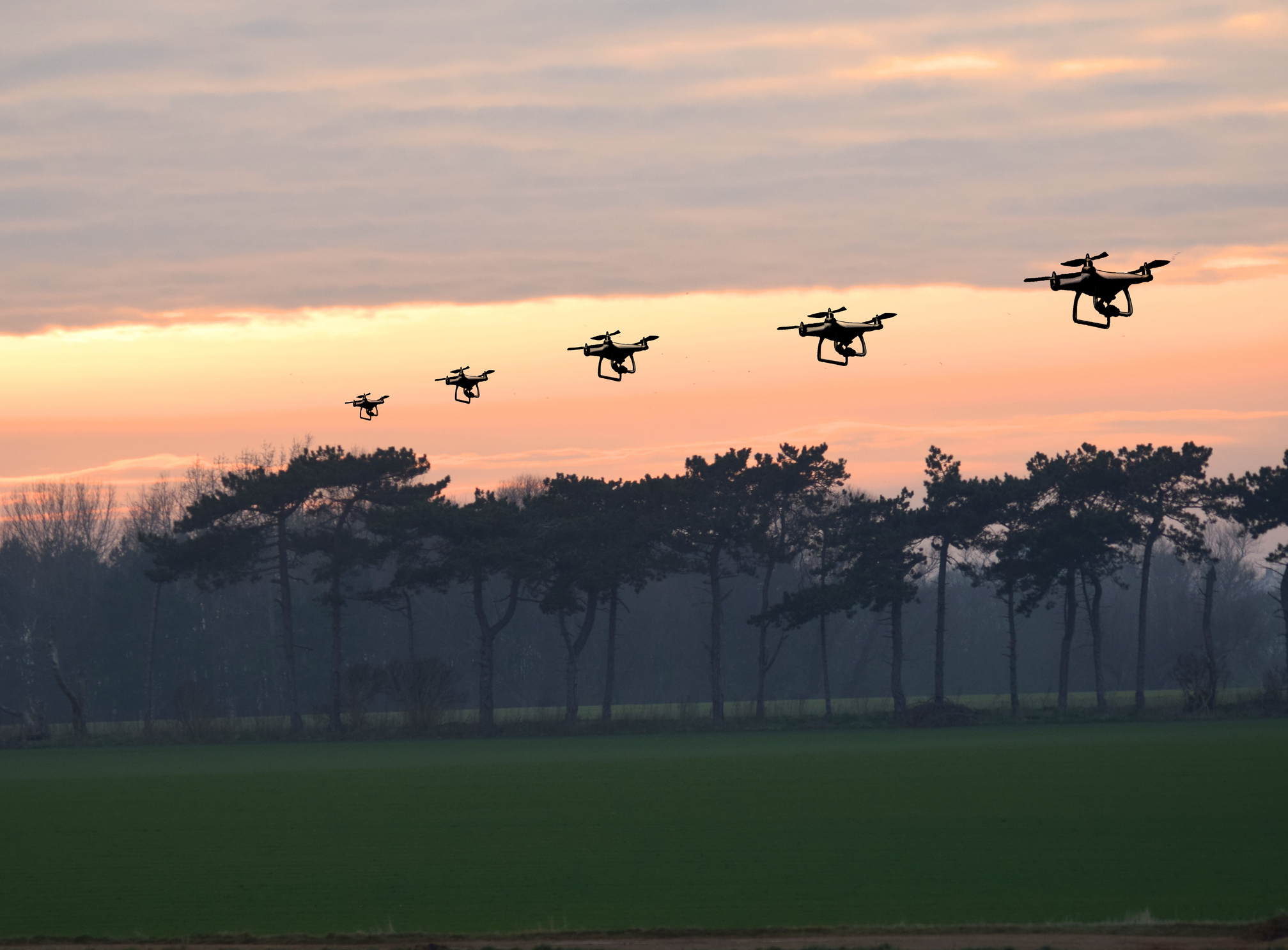Engineering professors don’t miss a beat during remote learning

Students in Engineering 311: Control Systems and Instrumentation, are used to hands-on activities such as building circuits and sensors and using their lab bench equipment.
So when Wake Forest University moved to remote instruction for the remainder of the spring semester because of the COVID-19 pandemic, professors Erin Henslee and Kyle Luthy knew it was critical to devise ways to keep them engaged.
“The students commented on how much they liked working with their lab partners and the group interaction, so we knew we had to somehow make the continuance of that a possibility.” Erin Henslee
“The course was designed around active learning to reinforce theory, so Kyle and I spent a lot of time over spring break ideating on how we would maintain that,” said Henslee.
The first thing Henslee and Luthy did was offer two class sections, at 9 a.m. and 1 p.m., and allow students to choose which to attend. “That way students living on the west coast didn’t have to get up at 6 a.m. for the early class,” Henslee said. “Kyle and I made the conscious decision to essentially double our teaching by being available for both sections. We considered the time investment worth it as a means of maintaining engagement.”

The engineering students were in the middle of building ECG projects before remote instruction began, so it was up to Henslee and Luthy to figure out how they could complete their work.
“We went to Wake Downtown before it all shut down, and Professor Luthy took a video of himself building the circuit and walking students through the build of the ECG,” Henslee said. “I created a video explaining how we hooked up the ECG sensors and why the electrode pads go where they go on their bodies.”
Henslee also provided students with data collected from her and her children, ages 4 and 8, so students would have three different data types and resting heart rates to review.
“There was some ‘clean data’ and data that included experimental errors the students would have seen in person, such as the circuit not functioning properly, the data acquisition going wrong and user error when I had my daughter move around while collecting data to simulate noise,” Henslee said. “Ironically, the kids’ data came out the cleanest and mine was the noisiest! We discussed as a class why that might be, and the consensus was that I have more body fat, muscle and a larger surface area than my children.”
 Henslee also sent handwritten, encouraging notes to her students. Anna Kate Himes, a sophomore engineering major from Nashville, Tennessee, was so touched that she wrote back.
Henslee also sent handwritten, encouraging notes to her students. Anna Kate Himes, a sophomore engineering major from Nashville, Tennessee, was so touched that she wrote back.
“Hi, Professor Henslee!” Himes’ note began. “What a joy and bright spot in my week it was to get your letter in the mail! You continue to go above and beyond as a teacher.”
Himes said in an interview that she appreciated Henslee’s and Luthy’s efforts during remote instruction.
“When we heard we were going online, I was nervous for this class because we were set up at Wake Downtown and had already started the ECG projects,” she said. “When Professor Henslee told us she had gone in with her kids to record their heart rates, we were excited that we would be able to use the data to complete our work using the MATLAB system. I was in awe of how she and Professor Luthy handled the transition to remote learning because it was such a hands-on class. They decided we were still going to receive the same education … and learn all of the topics that we needed to learn.”
To interview Henslee or Himes, please contact media@wfu.edu.
Categories: Experiential Learning, Research & Discovery
Wake Forest News
336.758.5237
media@wfu.edu
Meet the News Team
Headlines
Wake Forest in the News
Wake Forest regularly appears in media outlets around the world.




